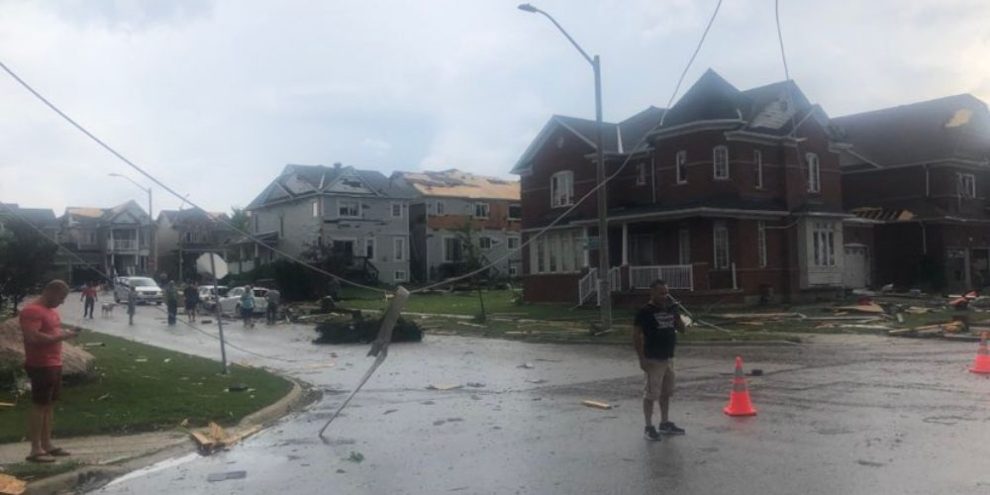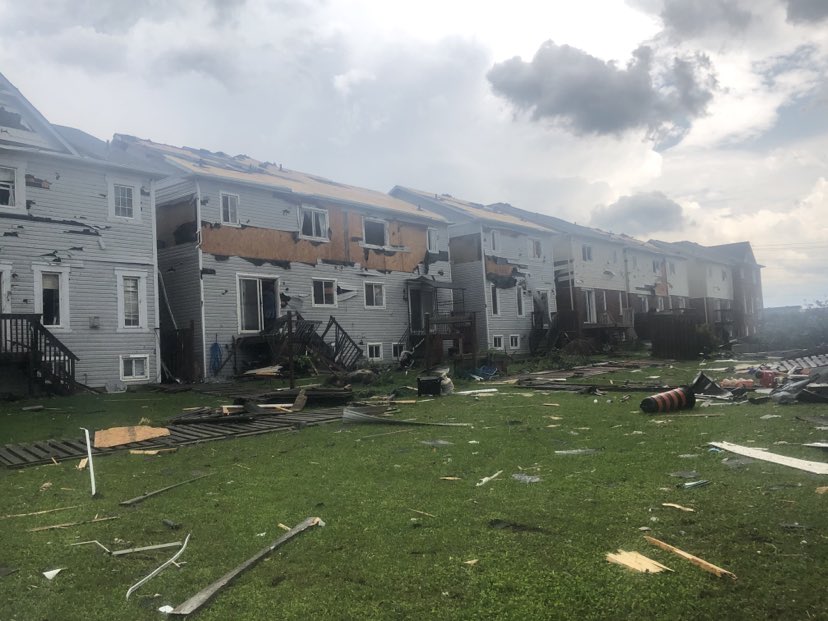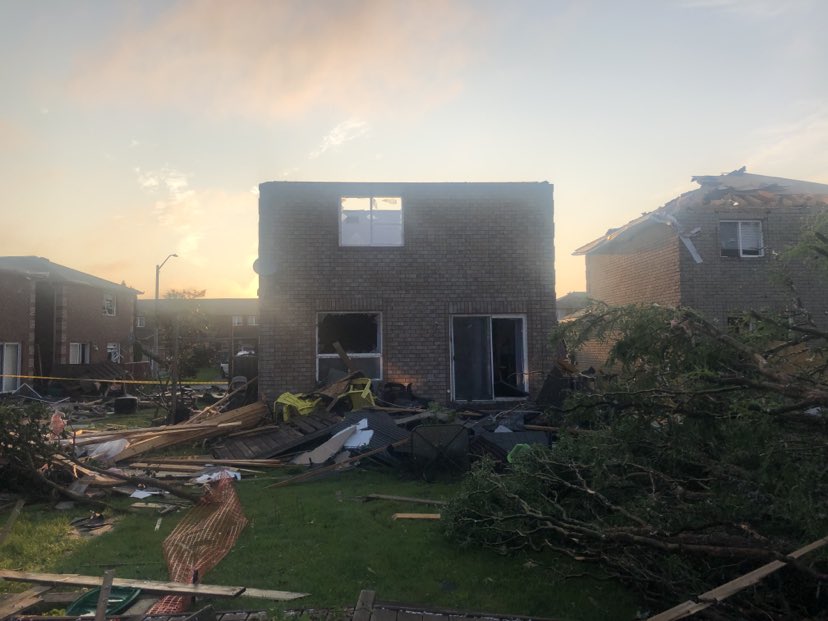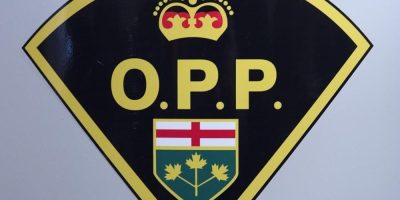
Two years after an EF-2 tornado with winds of 210 km/h blew through a part of southeast Barrie on July 15, the debris has long since been cleared away, but for those who were affected, lives are still being put back together.
The journey is being chronicled by researcher Jennifer Spinney, an assistant professor in the Disaster Emergency Management Program at York University. She and her team started their project in March and have reached out to the area's residents who had structural impacts to learn how people experienced recovery from the disaster and the different factors that influence recovery.
Nearly 500 homes were damaged by the twister, but thankfully there were no deaths or serious injuries.
"One of the reasons why we're focusing on recovery is because we know how destabilizing these events are," said Spinney.
She says one of the participants referred to it as a "life equalizer."
"It's more than just rebuilding your house. It's more than just putting up the four walls and roof back together. There are so many different aspects of recovery that are part of this," explained Spinney. "We're trying to understand all of those different factors. How is it that you have been able to rebuild your life, essentially your quality of life? How have you been able to emotionally recover from this event?"

One of the things that came through loud and clear during the interview with residents is how important the post-impact response was.
"They're talking a lot about how the efforts that were made in those hours and first few days and those first few weeks following the tornado, and how helpful that was to get people on the right track."
Spinney says they have interviewed several public officials.
"They play a critical role," she pointed out. "We know from the literature that the higher the quality of governance systems and representation that people have, the higher the quality of immediate post-impact response, and the better people's recovery will be. So, the role of first responders, government representatives, all of those people we might consider to be official stakeholders."
Beyond that, Spinney says they have learned a lot about structural restoration, people's interactions with insurance, and their interactions with contractors.

The research team also picked up on the different ways that people have coped.
"Whether it's maintaining a positive outlook or maybe participating in different athletic endeavours in order to sort of manage the impacts. What we have learned is that people experience a timeline of these impacts to varying extents, and they often come in waves," said Spinney.
She noted that there is lots of anxiety, a lot of difficulty focusing, and a lot of decision fatigue in those weeks and months as people are trying to rebuild their lives to restore their homes, but also to manage these competing responsibilities that home reconstruction has now added in ways they never desired or expected.
"Approaching the two-year anniversary, while some people feel they have recovered, these are the same people that are still experiencing discomfort, still experiencing certain degrees of anxiety when, let's say, extreme winds start to gust again."
The team has also been trying to uncover how people are incorporating resilience into their recovery efforts and to what extent people might be helping to keep themselves safer and to reduce the potential impacts if extreme winds ever come through the area again.
"We're focusing mostly on what people might be doing with their homes," says Spinney. "Are they adding different types of hurricane straps? Are they requesting different shingles? Are they selecting different siding? Are they building a cold room, which is often a tornado safety room?"
What has come through in the interviews has been more about a feeling of togetherness.
"It's more about not just having to do it alone, and just having people working together and being together, being there to support each other as a form of resilience, which is really interesting."
Called the Barrie Tornado Recovery Project, it's a collaboration with Western University's Northern Tornadoes Project, and the findings are expected to be released in the fall.
Banner image: File/Barrie 360





